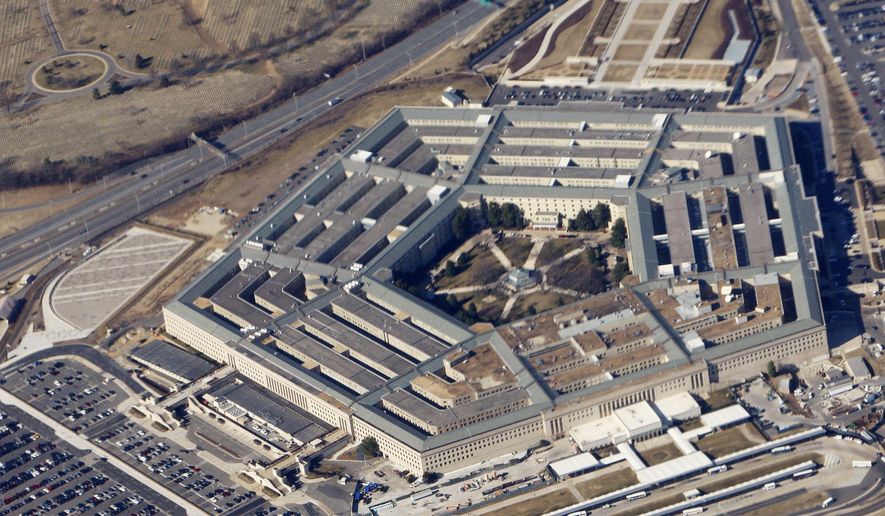The U.S. remains by far the world’s biggest spender on defense, after a 5.3% increase in 2019, but the Pentagon is starting to hear footsteps around the world.
A new report released by the Stockholm International Peace Research Institute on Monday found that the U.S. 2019 increase of $732 billion, which accounted for 38% of global military spending, is equal to Germany’s entire military spending for that year. The U.S. spends about 3.2% of gross domestic product on defense annually.
“The recent growth in U.S. military spending is largely based on a perceived return to competition between the great powers,” Pieter Wezeman, a senior researcher at SIPRI, said of the findings.
The U.S. spent almost as much on its military in 2019 as the next 10 highest spenders combined, the report found.
Germany’s military spending showed the highest rate of increase the highest of any European country in 2019, up 10% from 2018 to a total of $49.3 billion.
The spike comes after sharp criticism from President Trump who repeatedly singled out Germany, with the biggest economy in Europe, as a NATO ally that was falling far short of the alliance’s defense spending goals.
The SIPRI report said Germany’s increase in military spending was an apparent response to an increasing threat from an increasingly assertive Russia.
During a 2014 NATO summit in Wales, the 28 member nations at the time agreed to spend at least 2% of their GDP on defense by 2024. Last year, Germany’ defense minister acknowledged that the country would miss the deadline and will only be able to spend about 1.5% of GDP by 2024 with hopes to meet the mark by 2031 — seven years late.
“There’s been pressure on Germany to increase its military expenditure since before the Trump administration,” Max Mutschler of the Bonn International Center for Conversion, told German news outlet DW. “The impact of this pressure is now becoming clear. However, one has to say that expenditure is still well below the 2% mark.”
China and India in 2019 sported the world’s second and third largest defense budgets last year. China’s military spending reached $261 billion, a 5.1% increase from the year prior, and India spent $71.1 billion, a 6.1% growth.
Mr. Mutschler explained that with respect to tensions between the U.S. and China “we do not know if there will be an armed conflict or not. So the militaries in both countries are preparing for this eventuality, and they’re very good when it comes to lobbying for more funds.”
Russia stood at the world’s fourth-largest military spender and upped its budget by 4.5% to $65.1 billion in 2019, marking the highest military spending burden in Europe.
Iran, meanwhile, rose two spots from its 2018 ranking to be the 18th highest spender on defense, at $12.6 billion or 2.3% GDP.
Tensions between Washington and Tehran have skyrocketed in recent months after the U.S. killed a top Iranian general and Iran responded with an attack on an American military base in Iraq.
Since pulling out of a key nuclear accord in 2018, the Trump administration has hammered Iran with crippling economic sanctions.
But Iran’s ambassador to the United Nations Majid Takht-Ravanchi on Monday pointed to the gap in defense spending between the U.S. and Iran, calling the roughly $719 billion difference “quite revealing.”
“Who is advancing arms race in our region?” he asked in a tweet, pointing to both U.S. and Saudi Arabian defense spending.
Saudi Arabia spent approximately $61.9 billion on defense last year, a decrease of 16% from the year prior.
Global military spending overall was at its highest level since the 2008 global financial crisis, and represented 2.2% of the global GDP. The spending across the world totaled $1.9 trillion — equal to $249 per person, the report found.
“Global military expenditure was 7.2% higher in 2019 than it was in 2010, showing a trend that military spending growth has accelerated in recent years,” SIPRI researcher Dr. Nan Tian said.
He said the latest data “probably represents a peak in expenditure.”
• Lauren Toms can be reached at lmeier@washingtontimes.com.




Please read our comment policy before commenting.